My motoring memoirs of the ERIEsistable journey I personally never wanted to end (my travel companion may have felt otherwise), returned us to where we pulled over two weeks ago… lunch!
In the spirit of continuing the “positive preservation” theme, we ventured to The Pufferbelly Restaurant on French Street, which recalls the nickname given to the steam pumpers and engines of the late 1800s. The restaurant occupies an adapted 1908 firehouse and it just-so-happens to be located next door to one of my favorite Erie candy shops, Pulakos. A trip to Erie isn’t complete without sampling/gorging on sponge candy. There is nothing like Erie’s sponge candy/taffy and it alone is worth a trip to this Gem City.
In a satisfying chocolate stupor, we completed a blitz tour of Erie guided by PHMC Commissioner, Jean Craige Pepper – breezing through and past – local landmarks including: Saint Patrick Church which has been beautifully restored; Dickson Tavern, the oldest building in the city of Erie and rehabilitated into the home of Kidder Wachter Architects & Design (where former PA Historic Preservation Board Chair, Jeff Kidder, is a partner); the lesser-famed 3rd Erie Land Lighthouse built in 1867; and then moored at the PHMC’s Maritime Museum.
Working for the PHMC has some perks. One is being treated to an all-access tour of the Erie Maritime Museum by the site’s administrator and Senior Captain, Walter Rybka (including its fascinating underbelly where we met the Flagship Niagara’s crew and Captain Billy Sabatini). We were also formerly introduced to the reconstructed relief flagship of Commodore Oliver Hazard Perry, the U.S. Brig Niagara.
Did you know…? The Niagara operates as a Sailing School Vessel and you can join the crew for a day or longer to learn about Erie’s maritime heritage and explore the science of sailing? Available dates and more information about sailing on the Niagara can be found on their website.
While Serena fancied herself a good luck figurehead under the bowsprit of the USS Michigan/Wolverine, I learned about Erie’s role in the War of 1812. The building and its exhibits are exceptional and are worthy of far more than the 45 minutes we shoehorned into our day, alas we needed to jump ship and set sail for our next port of call, the Erie Art Museum/Old Customs House.
Erie’s dreary sundown descended on us rapidly and we were blanketed in a cloud of mist. The weather was familiar and comforting to me, and I considered the change in barometric pressure a ‘welcome home.’ In contrast to the looming haze, climbing the brilliant marble stairs of the elegant Greek Revival Old Customs House (built in 1839 as the Erie branch of the U.S. Bank of Pennsylvania) illuminated our evening and set the mood for Day Two’s main attraction.
Preservation Erie, the motivated local nonprofit working hard to preserve Erie’s historic landscape, was our host for a positive preservation networking event. The distinguished temple-like building is now home to the Erie Art Museum and was the perfect venue to publically announce the organization’s next project – completing a countywide inventory of historic properties. A local news affiliate showed up to document the event.
The museum is a labyrinth interesting spaces, historic and new. In 2010 a museum expansion connected the Old Customs House with the Cashier’s House (designed and constructed in 1839 by Philadelphia architect William Kelly). A Greek Revival cousin to its more elaborate next-door-neighbor, the Cashier’s House is a classic residential subtype of the style.
In our sizable group, including Preservation Erie and friends, we wound our way through the exhibit halls, and then suddenly entered the Cashier’s House through a secret door (I felt like I was in Willy Wonka’s Chocolate Factory with fellow golden ticket holders being transported magically from room to room. Obviously that chocolate stupor hadn’t worn off yet.) The interior of the Cashier’s House has textbook Greek Revival details: elongated windows topped with decorative crowns and doors encased by flared enframement with a cap of Greek keys. As the National Register nomination notes, “there is perfect harmony in the interior arrangement to the extent that doors, which could not be opened, were placed on a solid party wall, purely to affect a feeling of balance.”
We left the Romantic period and continued our tour of the museum into the 21st century addition. Knowing I was bubbling over with excitement to be back home, the director of the Erie Art Museum, John Vanco, challenged my art intellect by asking what the newly installed staircase reminded me of. Waves lapping on the peninsula (Presque Isle) immediately came to mind. I was close! Architects for the museum’s expansion came up with the cladding’s design. The perforated panels were based on color aerial photography of the Lake Erie coastline. Larger holes represent those areas where the coast is greenest and the smaller holes show where there is relatively little green – the center city. It is an impressive interpretation of how nature influences architecture.
Our sole evening in Erie was perfectly memorable thanks to the gracious hospitality of our preservation partners.
DAY 3
The sun was nowhere to be found since our stop in Huntingdon and the cloud-filled skies persisted when we headed out for the last leg of our trip (which is unfortunately why all of my photographs have a grey background). To quickly reiterate, the purpose of the trip was ‘positive preservation’ (and for me, Pennsylvania foodways). Everything about Pennsylvania is fascinating – from its geography to its layers of history influenced by its abundant natural resources and diverse people and how those forces shaped our cultural (and food) traditions. I was disappointed to learn that we missed the Northwest Pennsylvania Maple Association Taste and Tour event when local sugarhouses open their doors to the public. But onward we pressed and jumped onto Route 6 just outside of Erie to visit Pennsylvania’s northern-most Certified Local Government, Bradford, located just one mile south of the New York line.
Named by National Geographic as “One of America’s most scenic drives”, US Route 6 stretches across 11 counties and 400 miles in northern Pennsylvania. I love driving along Route 6 because it is dotted with petite versions of Greek temples. Dozens of Greek Revival residences, typically with a gable front and wing plan, frame the route. If the rain wasn’t falling, I would have swerved off the road numerous times to photograph these impressive little houses.
Warren is another great distraction along Route 6.
Did you know?? Warren was one of four towns laid out by the Commonwealth in 1795 under the direction of Pennsylvania Governor Mifflin (the others being Erie, Franklin and Waterford).This effort was to encourage settlement in the northwestern part of the state and to provide security on the nation’s western frontier.
Our jaunt in Warren caused me to lose my bearings and continue on Route 6 southeast rather than in the northeasterly direction I should have traveled toward Bradford. Regrettably, my gallivanting made us an hour late for lunch, again.
Bradford is intriguing, and you don’t have to look far to learn about its many claims to fame. The general populace often associates Bradford with the home of Zippo – the world’s best wind-proof lighter (the company also makes Case knives). Bradford is also home to one of the oldest refineries in continuous production in the U.S., founded in 1881. In contrast to its vast industrial history (another claim to fame: the acclaimed Holley Motor Company’s carburetors were made in Bradford beginning in 1899), Bradford is the birthplace of Marilyn Horne, the internationally renowned opera legend. In recent years, Horne’s foundation sponsored a series of recitals by rising opera singers at the University of Pittsburgh-Bradford.
Did you know?? Marilyn Horne began formal vocal study at age five, and made her performing debut at a Bradford political rally for Franklin D. Roosevelt’s presidential campaign, singing “Believe Me, If All Those Endearing Young Charms.”
The soggy rain created a fun game of puddle jumping during our walking tour of downtown Bradford. Before the damp trek, we thankfully warmed up to a delicious lunch at Beefeaters, housed in the historic Carnegie Public Library, where we gathered for an informative meeting with the City of Bradford’s Economic and Community Development Executive Director, Sara Andrews, and her staff, Bradford’s Main Street Manager, Anita Dolan, and the McKean County Economic Development Officer, Sherri Geary. Over the last few years the City of Bradford has been reinvigorating its Certified Local Government (CLG) Program and has been actively seeking funding to ensure the preservation of the historic district’s key local landmarks. A comprehensive historic resource survey, funded through a CLG grant, is currently underway.
Our walking tour was guided by Anita Dolan and she led us past many of the city’s historic downtown properties. My photos do not do justice to downtown Bradford where architectural styles range from Romanesque Revival to Art Deco. Juggling the umbrella and camera proved to be cumbersome. I’ll need to make another trip to discover Bradford on a sunny day, plus I’d like to stroll to the residential districts which appeared from a distance to contain some more Greek Revival homes. Thank you to the City of Bradford and to McKean County staff for your creative partnerships and preservation sensibilities and to Bradford for captivating us to the extent that we want to make the long journey back!
Similar to all of the communities we visited, we really needed more time to explore and enjoy Bradford’s historic architecture and environs. We were a long way from Harrisburg and we hoped to be over the mountains and out of the forests by dark. My goal of driving Route 6 all the way to Mansfield before turning south on Route 15 for the balance of the trip was quashed due to the late afternoon hour. Bradford is a solid four hours from Harrisburg if you take main roads. But that’s not the way I ride. I conceded on taking a more southeasterly diagonal route rather than the original 90 degree itinerary, but after Serena took the wheel I convinced her to stay on Route 6 at least through Coudersport (where we marveled at Old Hickory, 2013 Pennsylvania AT RISK) and then travel on PA-44 through Cherry Springs State Park. Boy! Did that road take a beating from this winter’s weather! The road at times was treacherous but the views made the chiropractor visit well worth it.
Astronomy lovers in Pennsylvania know that Cherry Springs State Park is one of the best places on the eastern seaboard for stargazing due to the area’s exceptionally dark skies. Although the night sky was gaining on us, we weren’t able to stay around long enough to benefit from the park’s International Dark Sky Park certification. After we grew accustomed to the bumpy road, we took full advantage of the rolling hills and beautifully restored stands of black cherry trees in Susquehannock Forest and the meandering trails of the Pine Creek Valley. Shortly after Williamsport, we could no longer see beyond the beams of our headlights and consequently the curtains closed on our ERIEsistable journey. We polished off a bag of sponge candy and called it a night.
Comment Policy
PHMC welcomes and encourages topic-related comments on this blog. PHMC reserves the right to remove comments that in PHMC’s discretion do not follow participation guidelines.
Commenters and Comments shall be related to the blog post topic and respectful of others who use this site.
Commenters and Comments shall not: use language that is offensive, inflammatory or provocative (this includes, but is not limited to, using profanity, obscene, or vulgar comments); disparage other commenters or people; condone illegal activity; identify the location of known or suspected archeological sites; post personal information in comments such as addresses, phone numbers, e-mail addresses or other contact details, which may relate to you or other individuals; impersonate or falsely claim to represent a person or an organization; make any commercial endorsement or promotion of any product, service or publication.
If you would like to comment on other topics not related to this blog post but related to PHMC, please fill out the PHMC Contact Us Form.


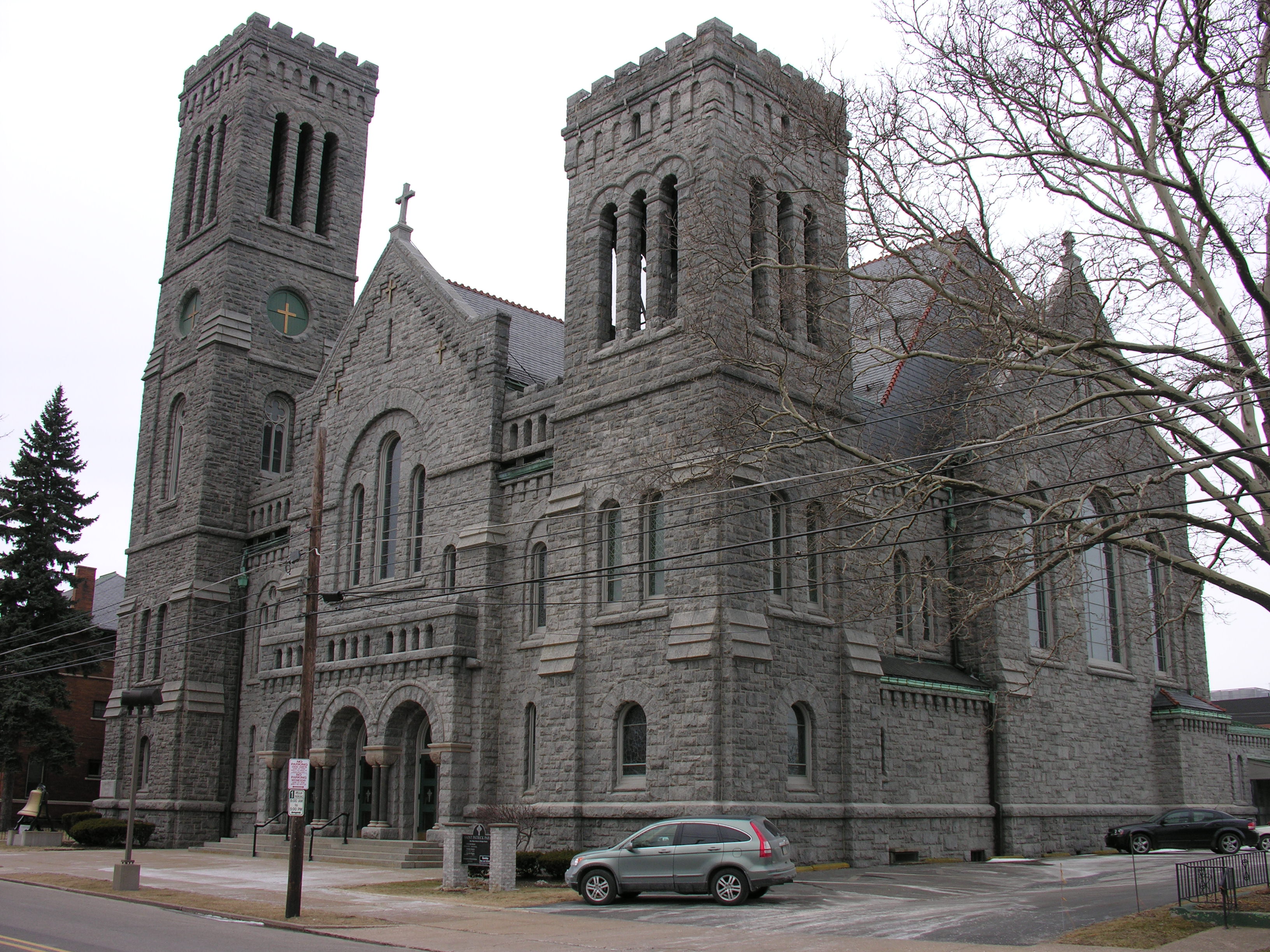
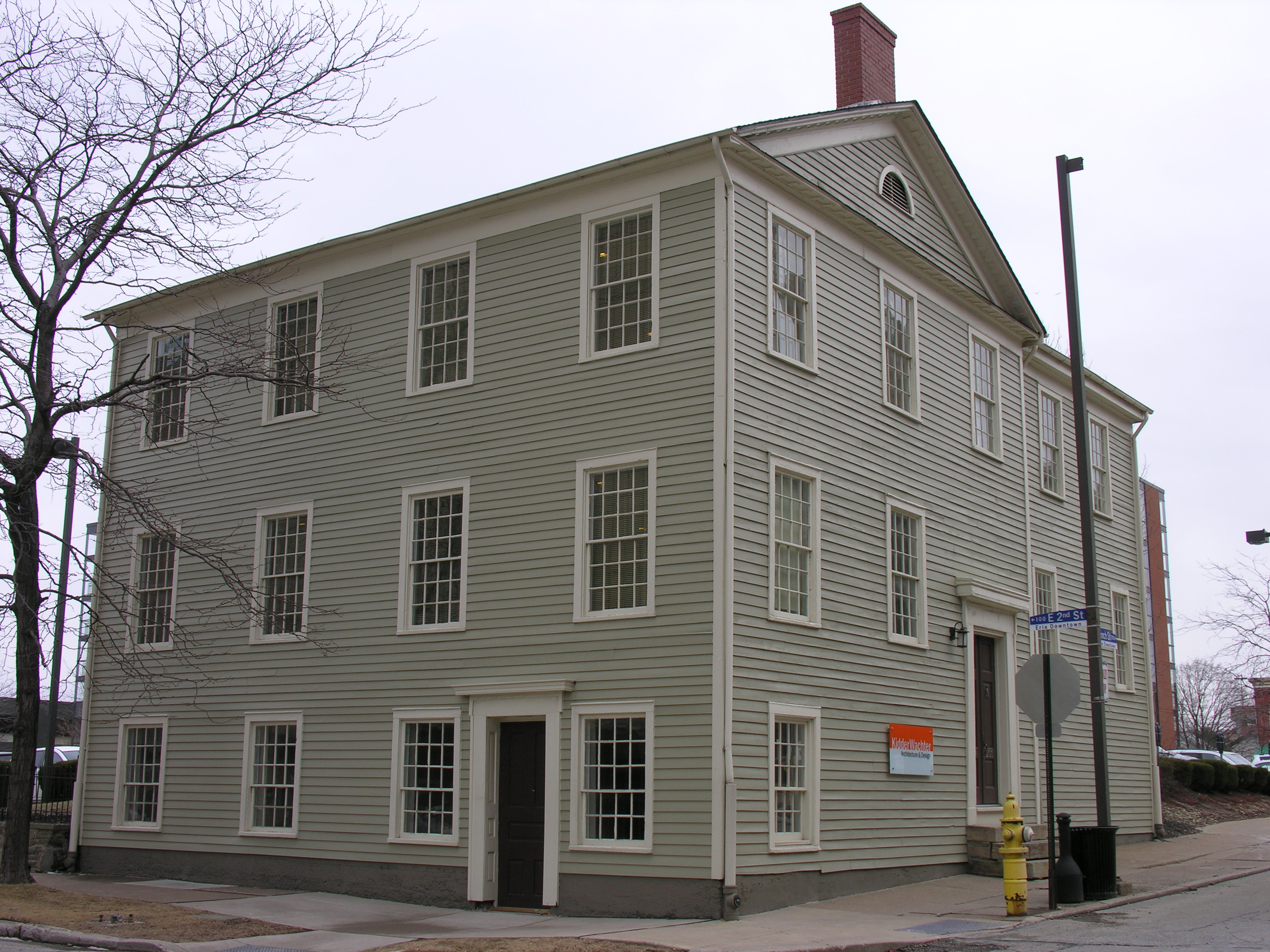
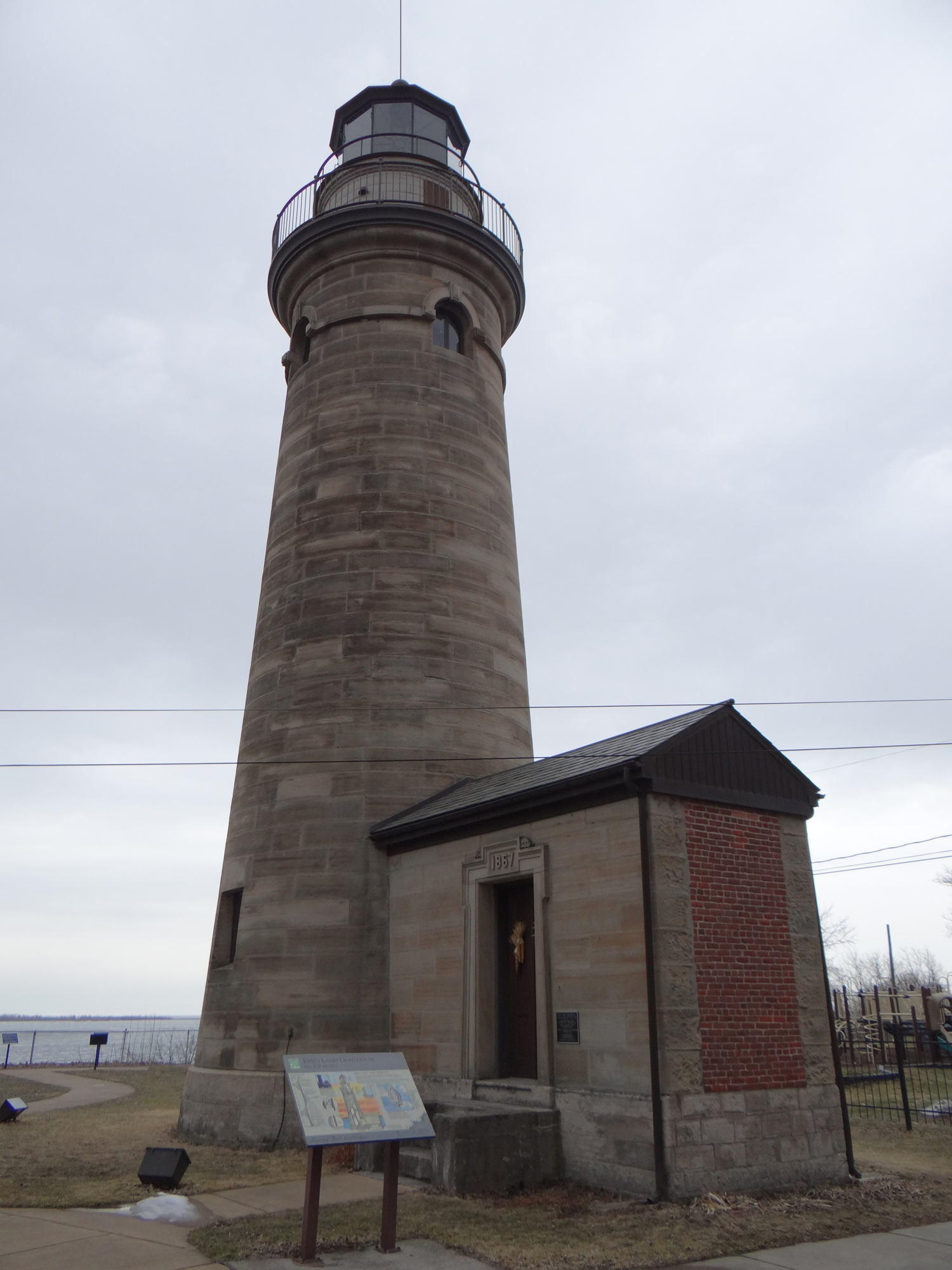
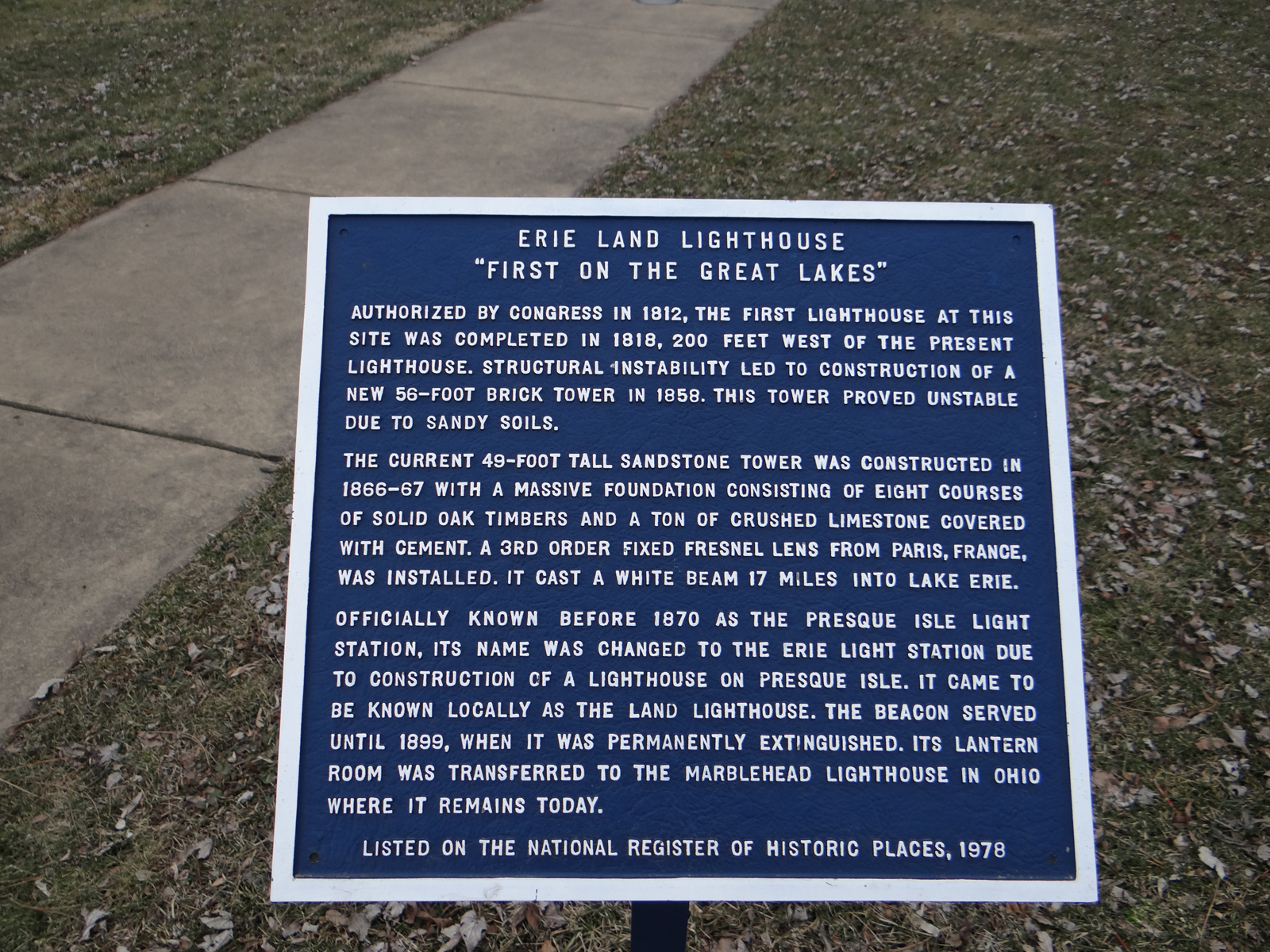

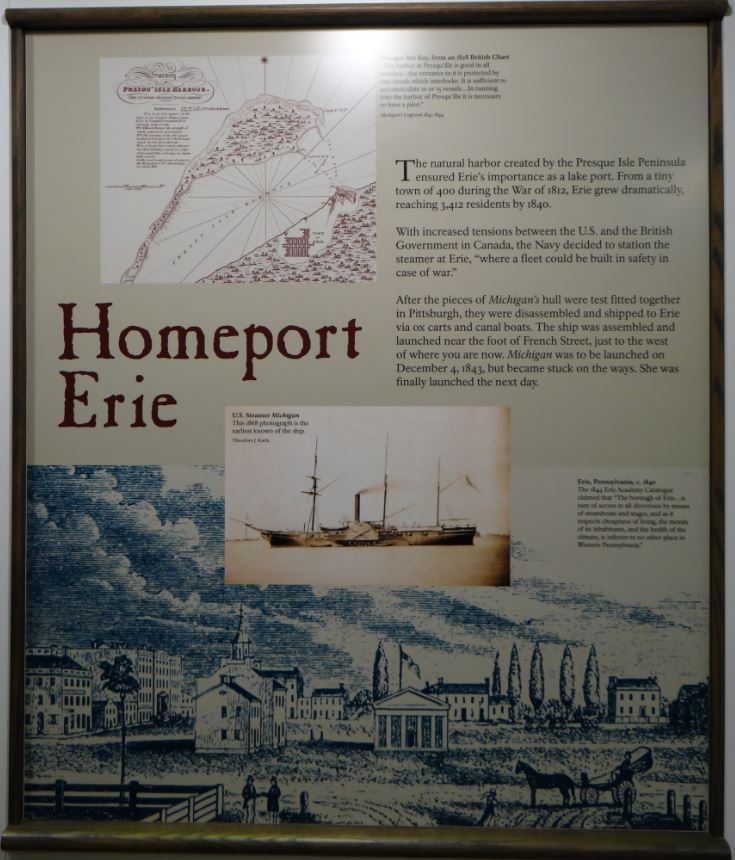
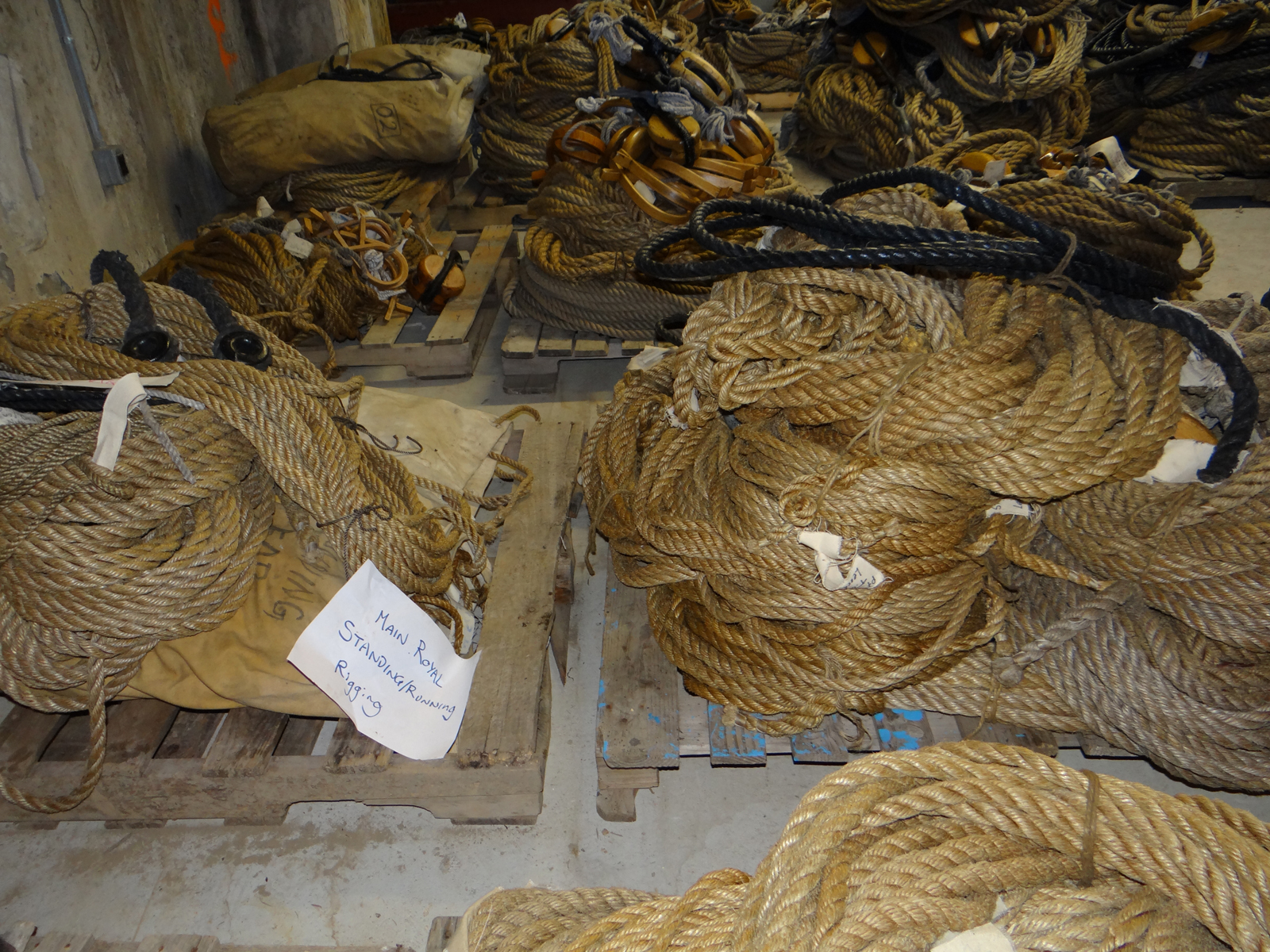
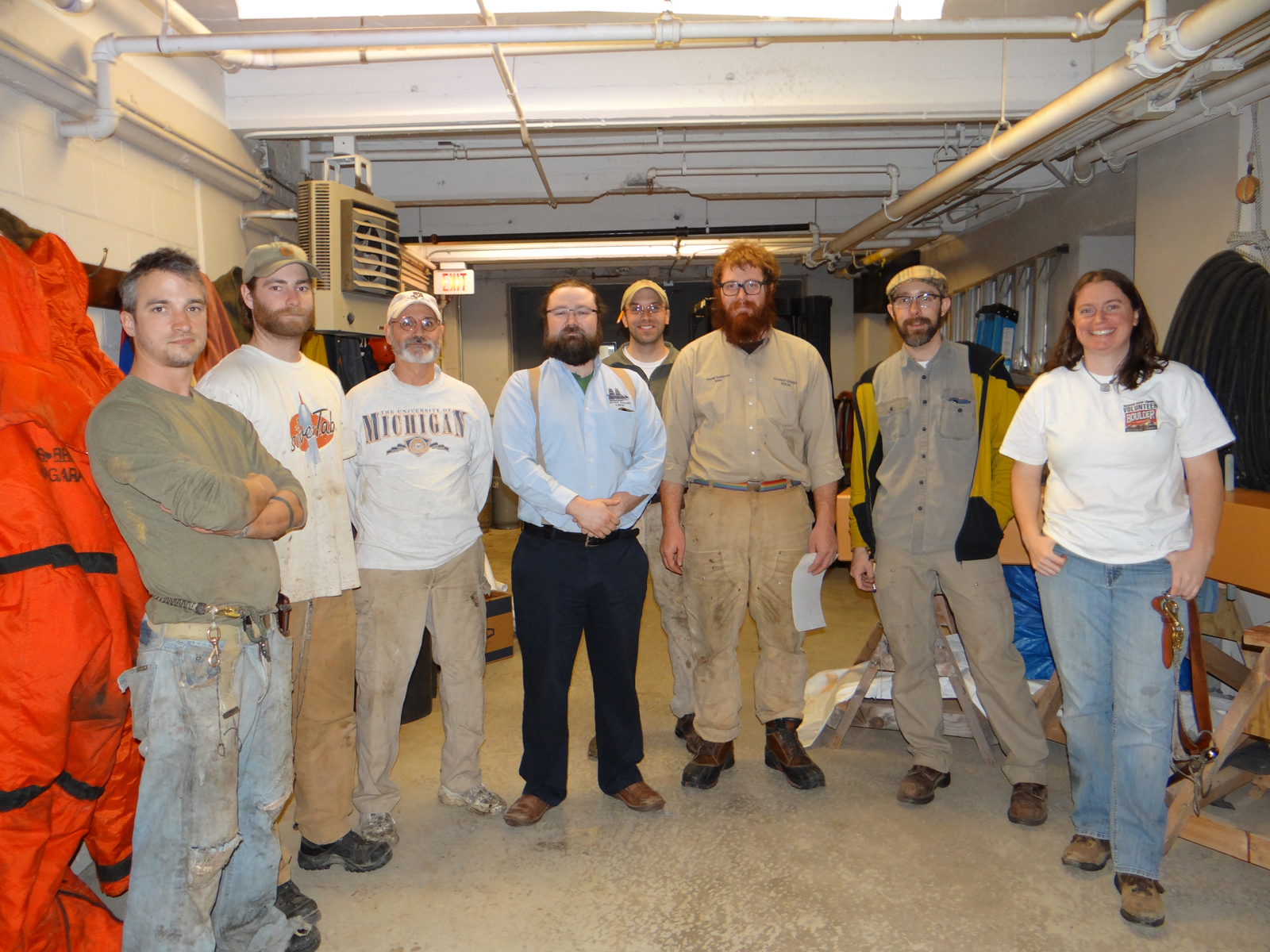
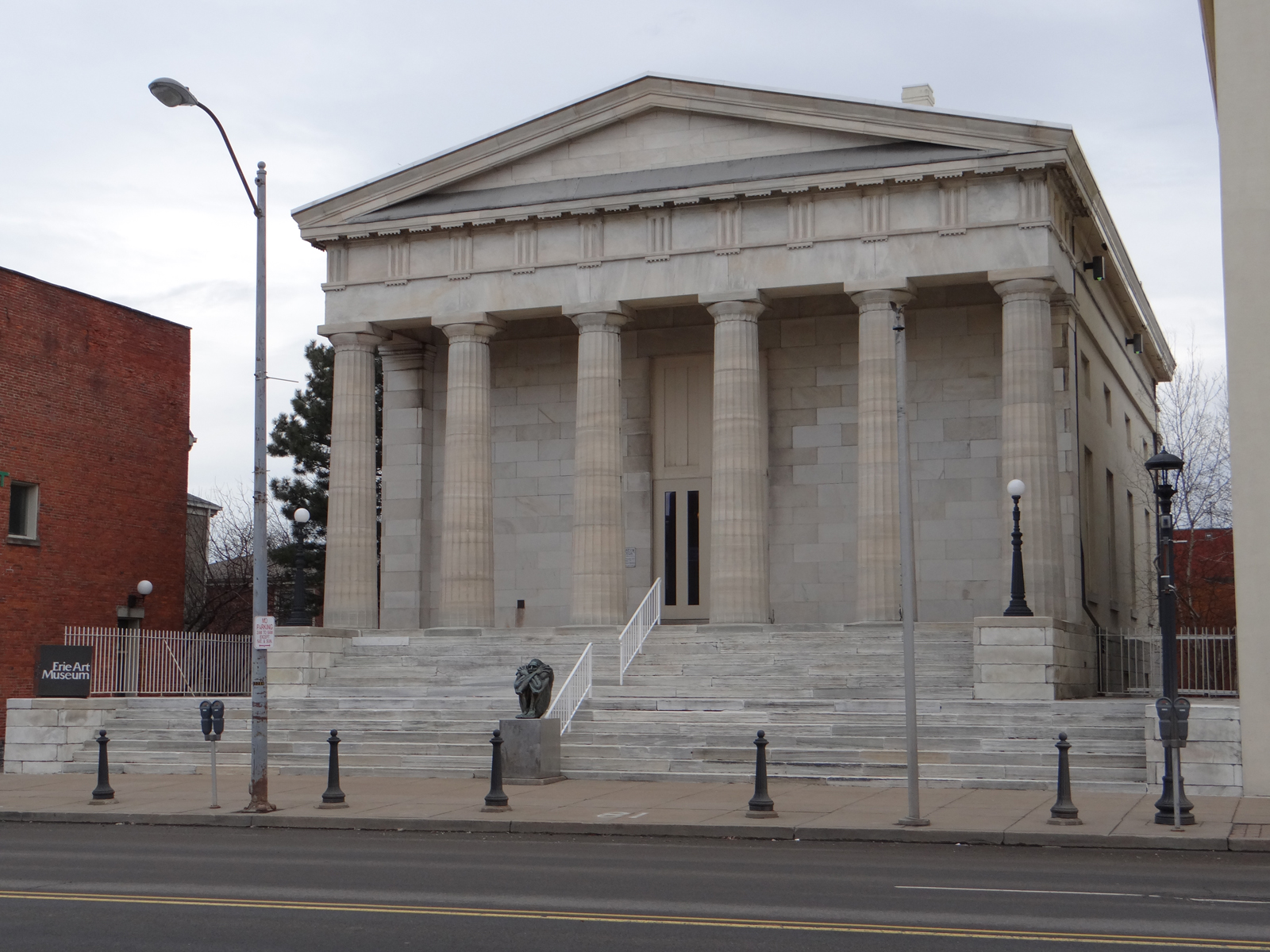
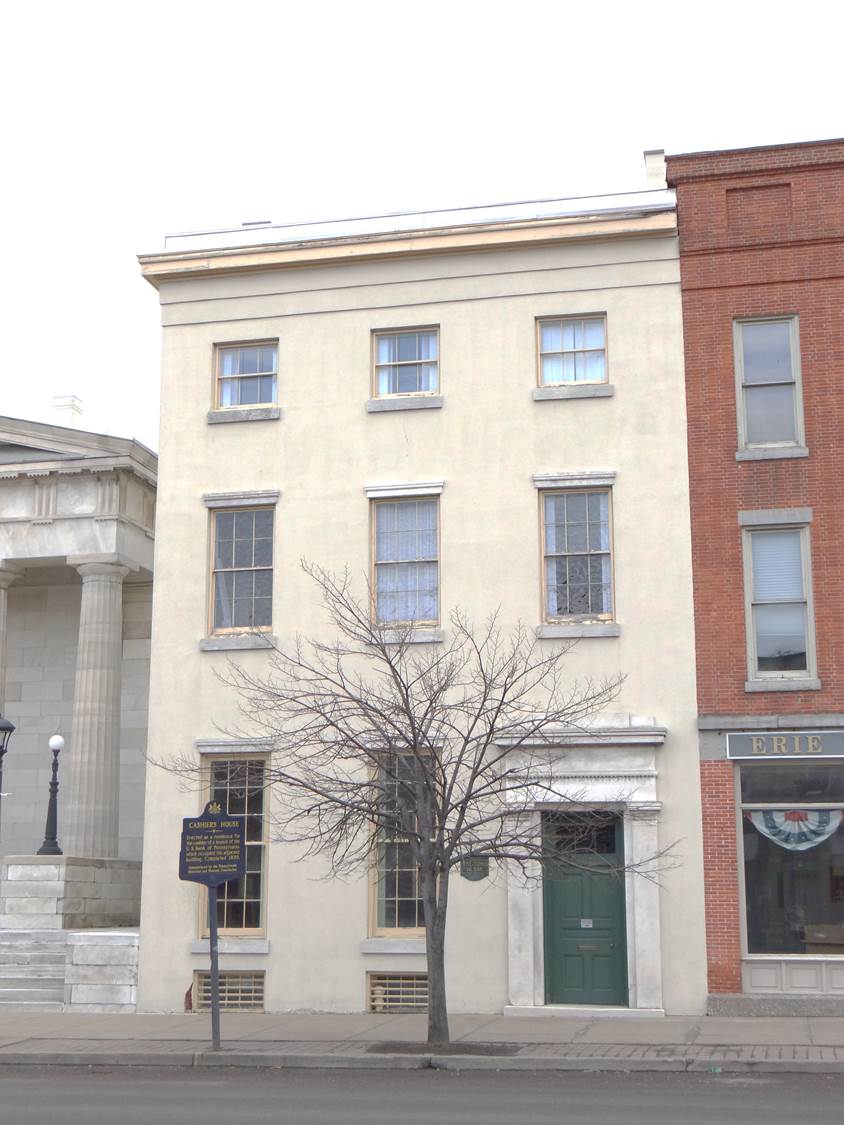
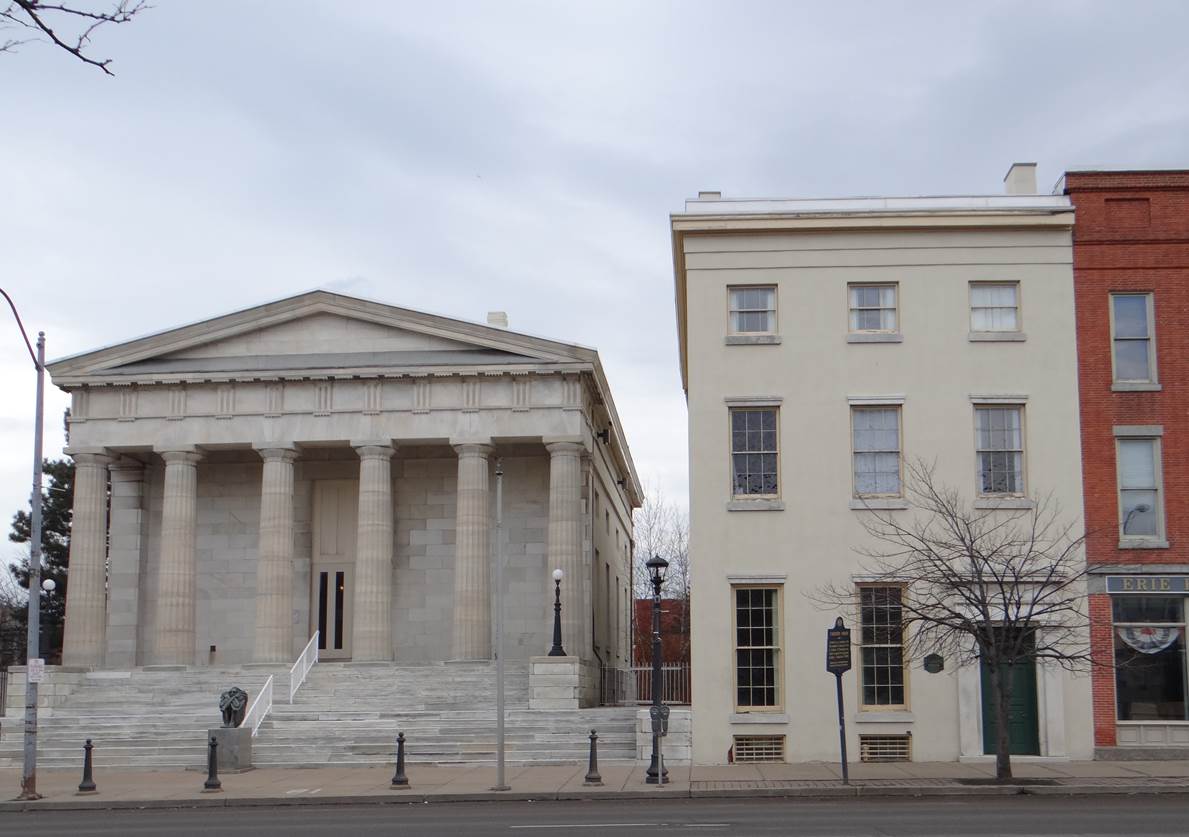
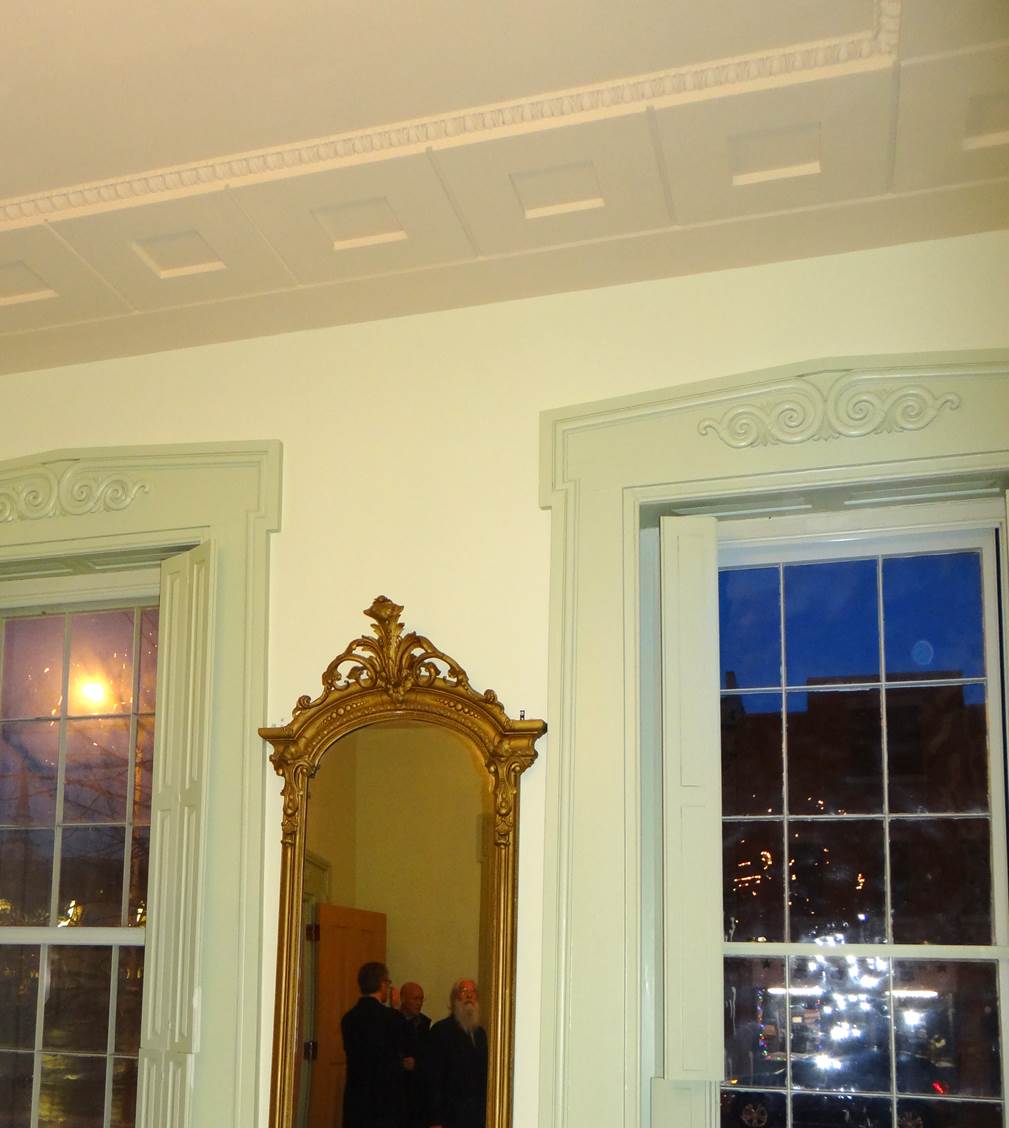
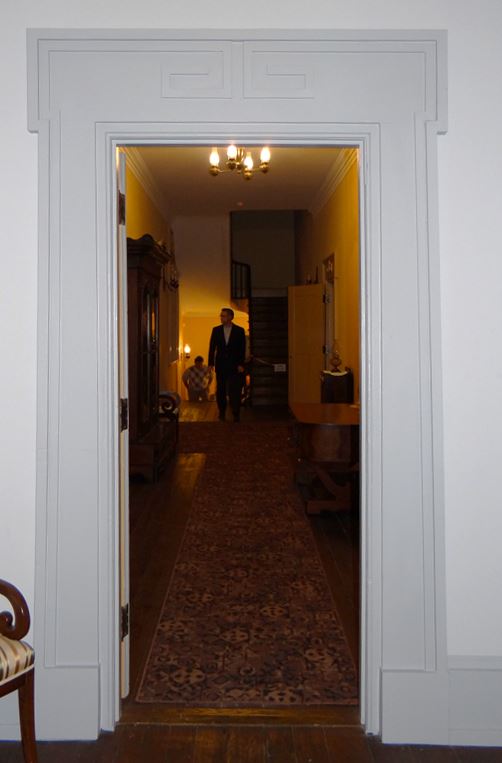
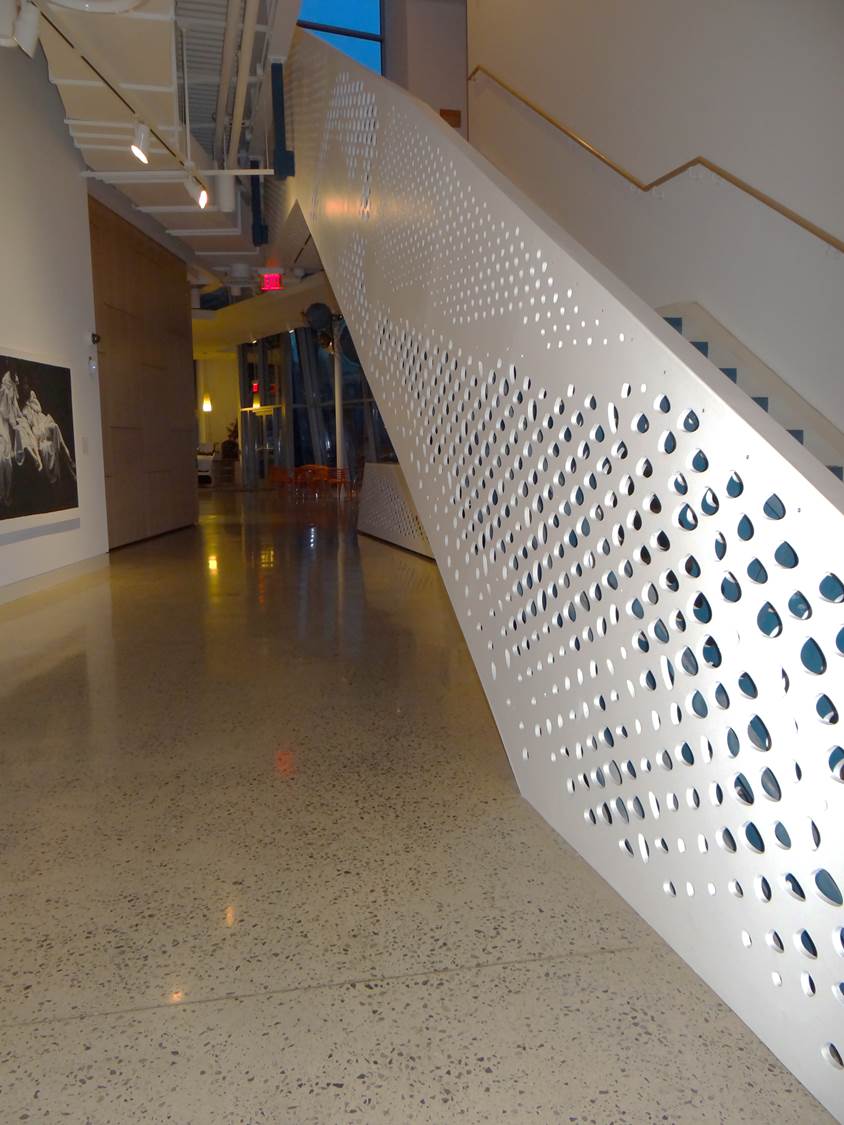
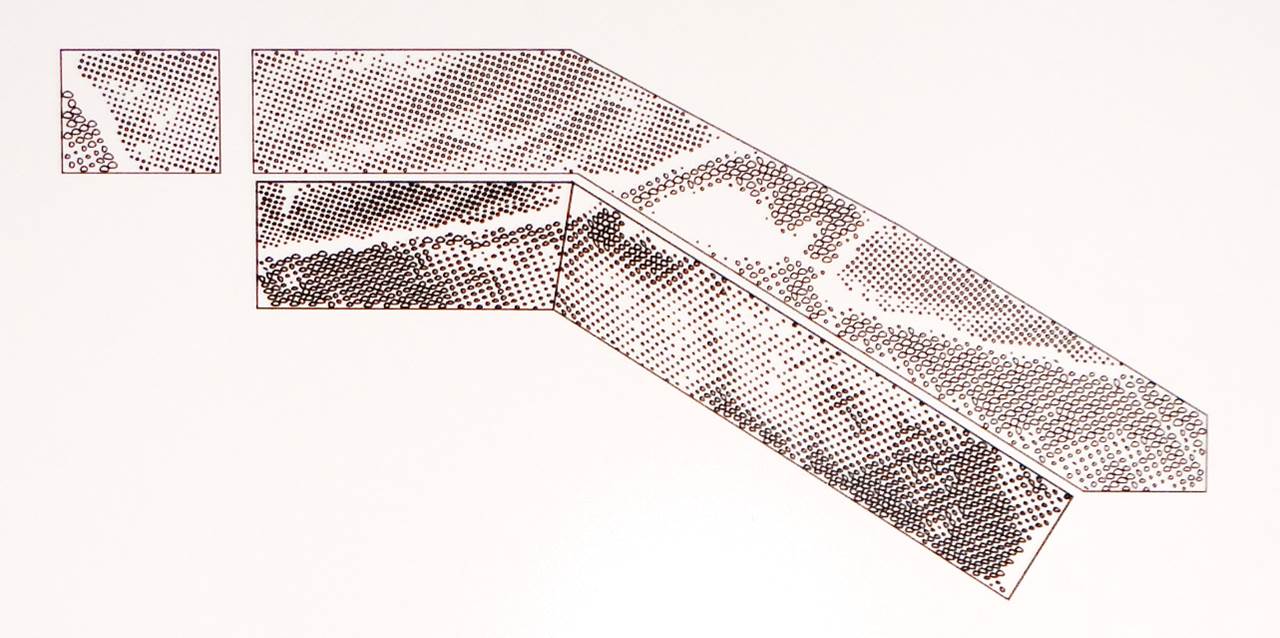
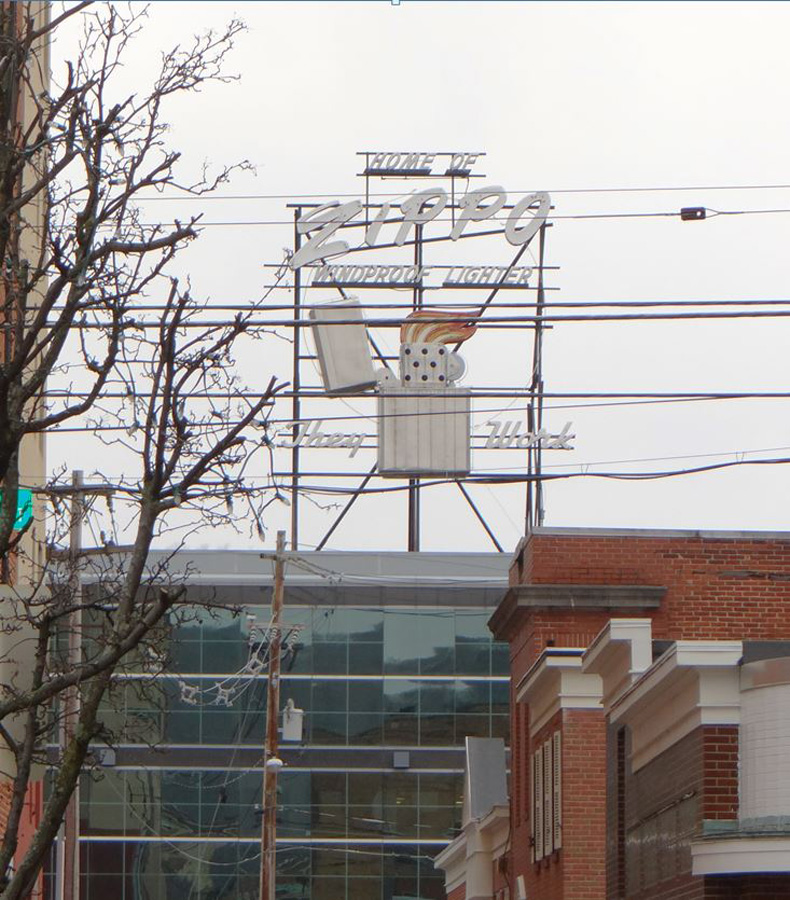
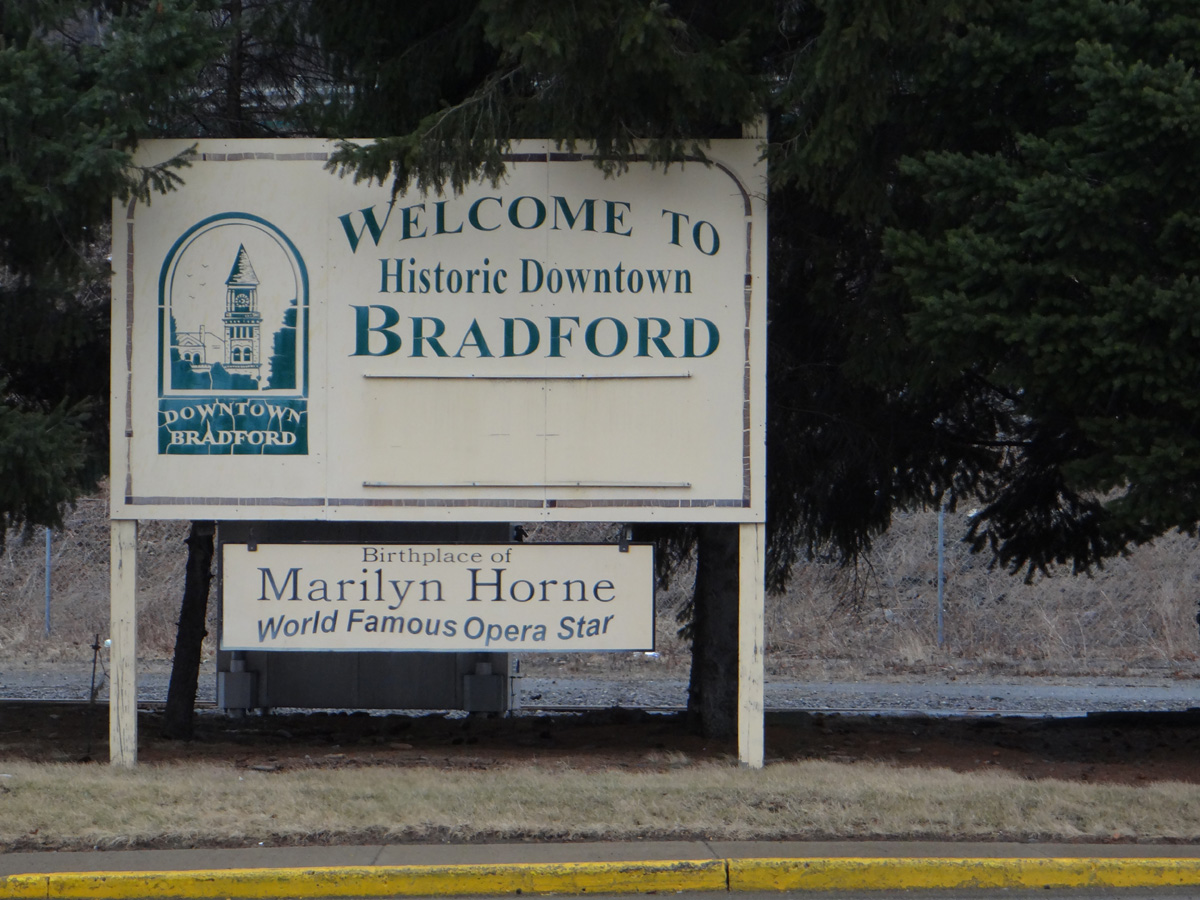
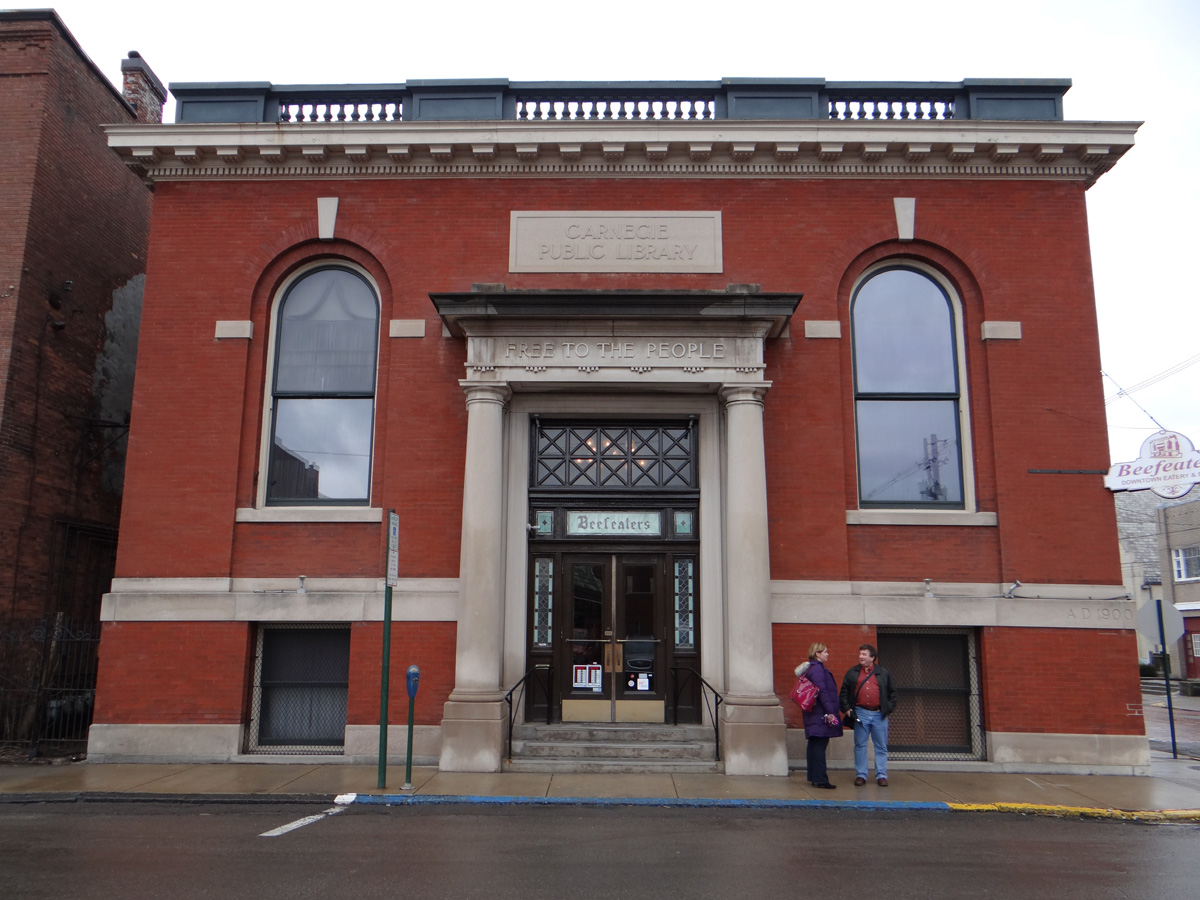
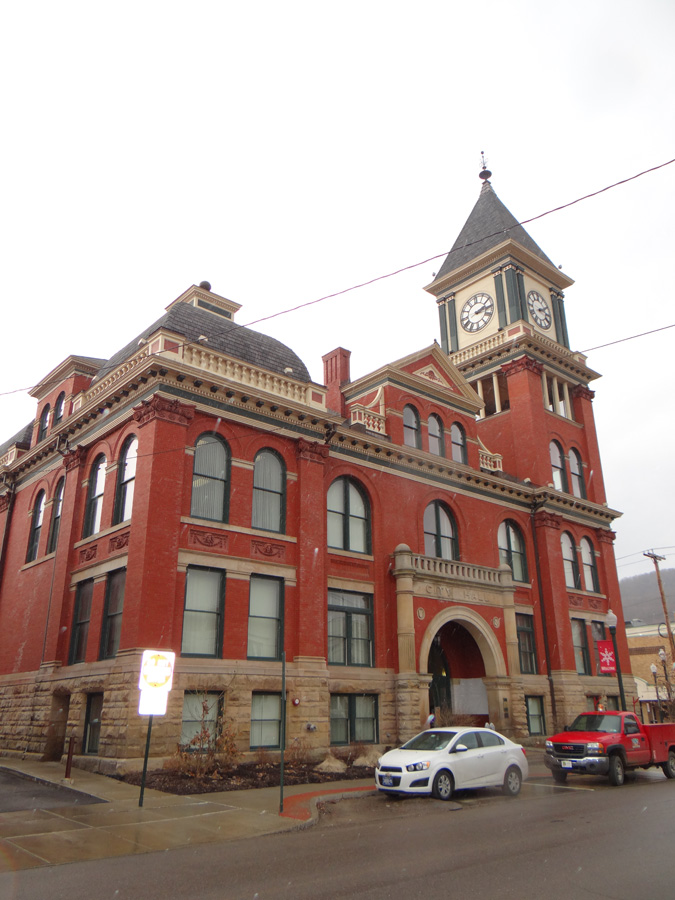
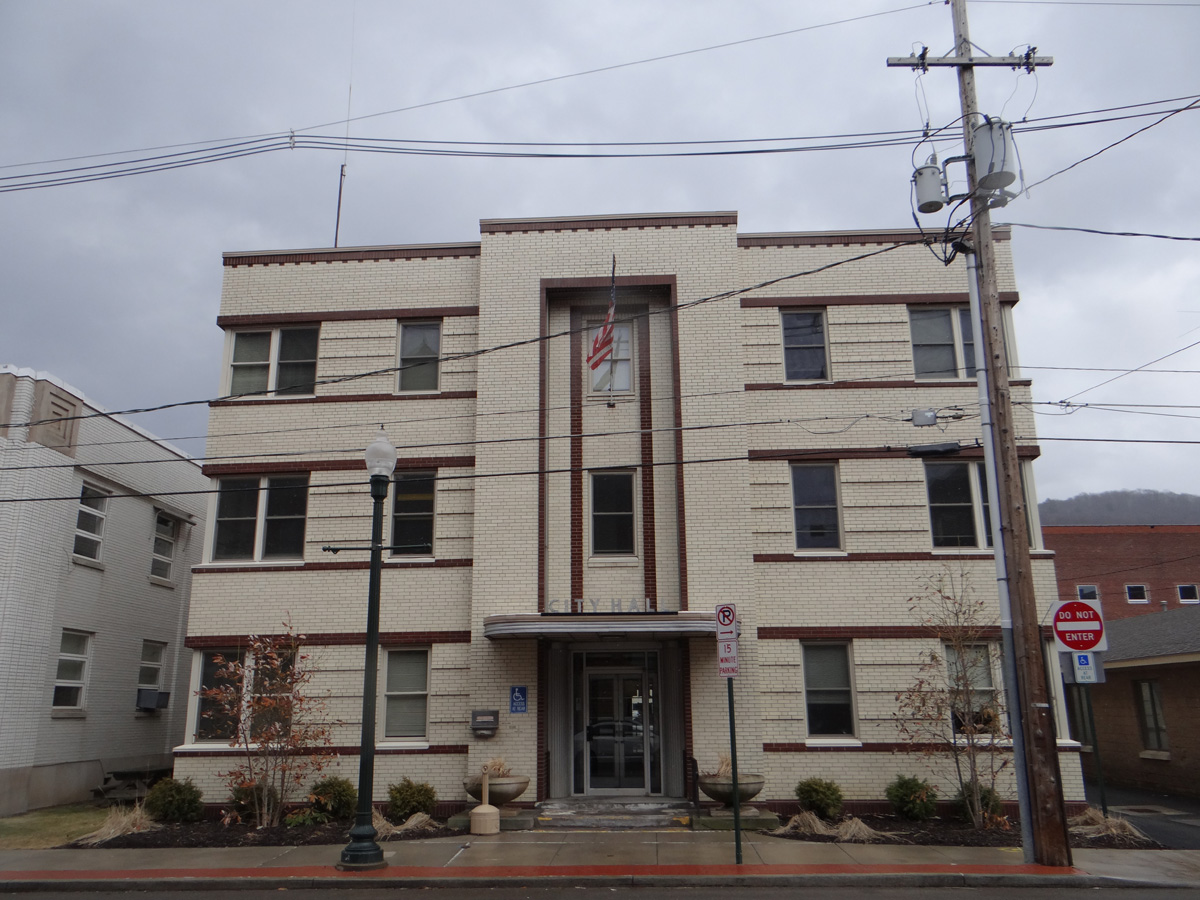

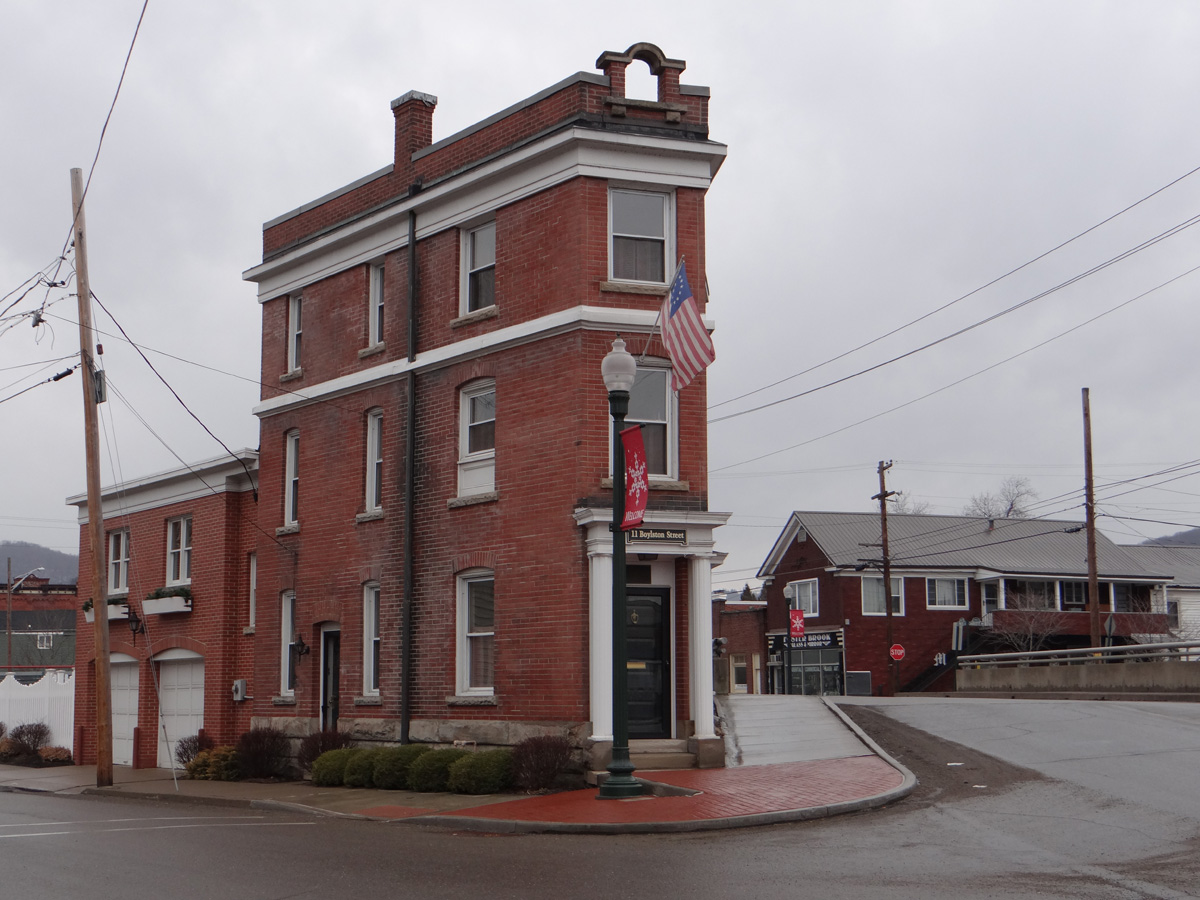
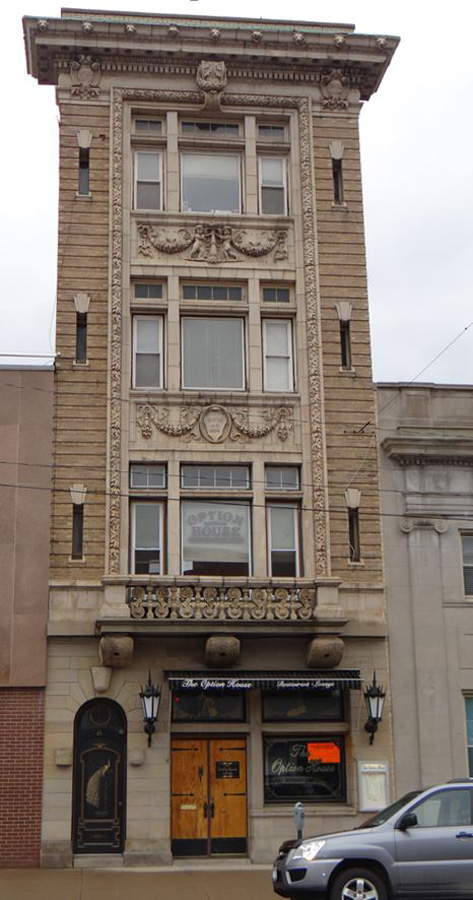
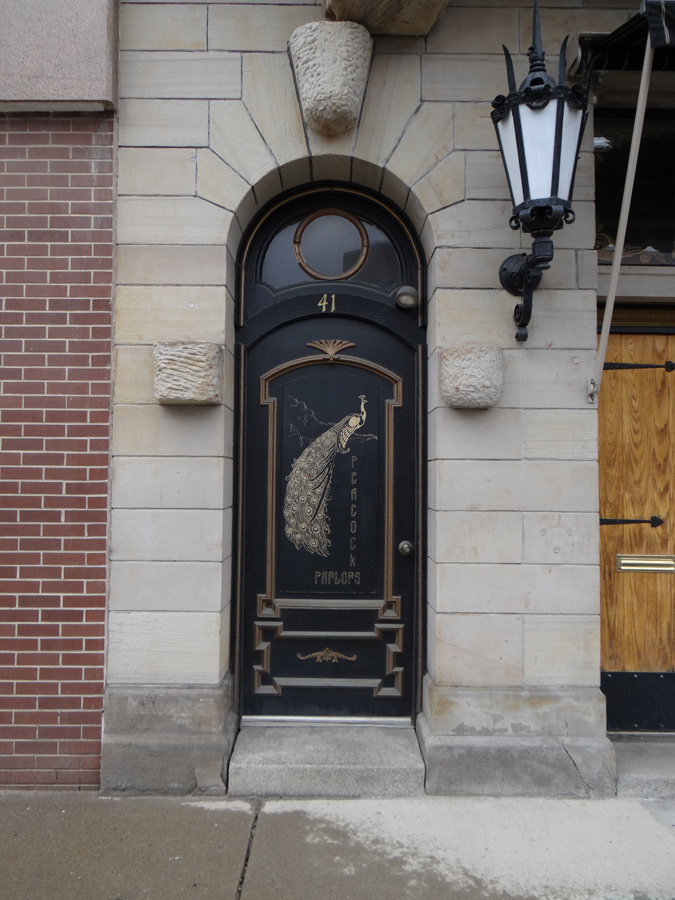
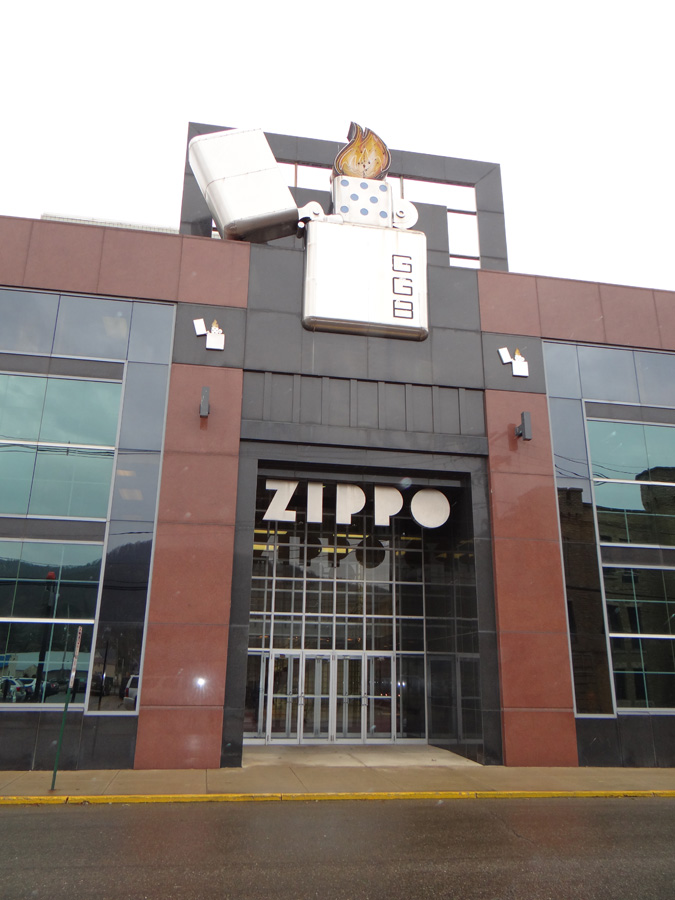
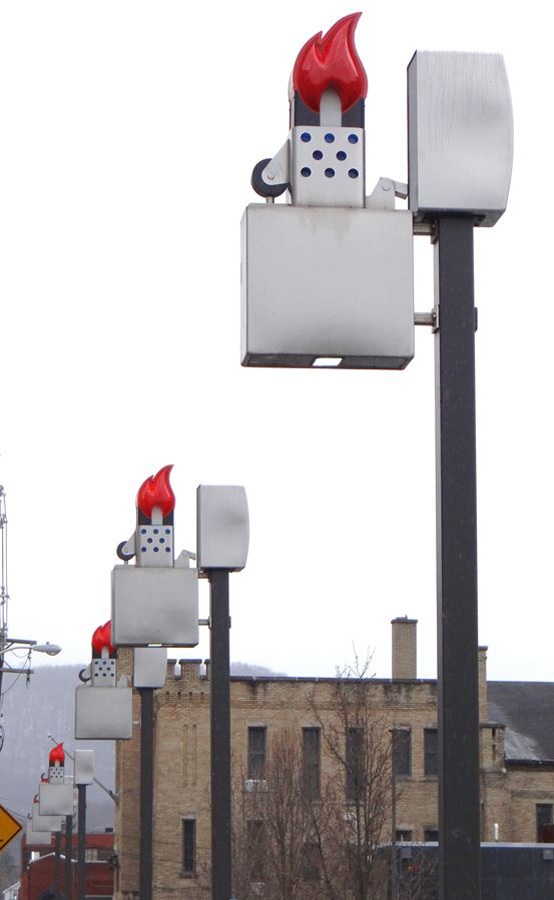
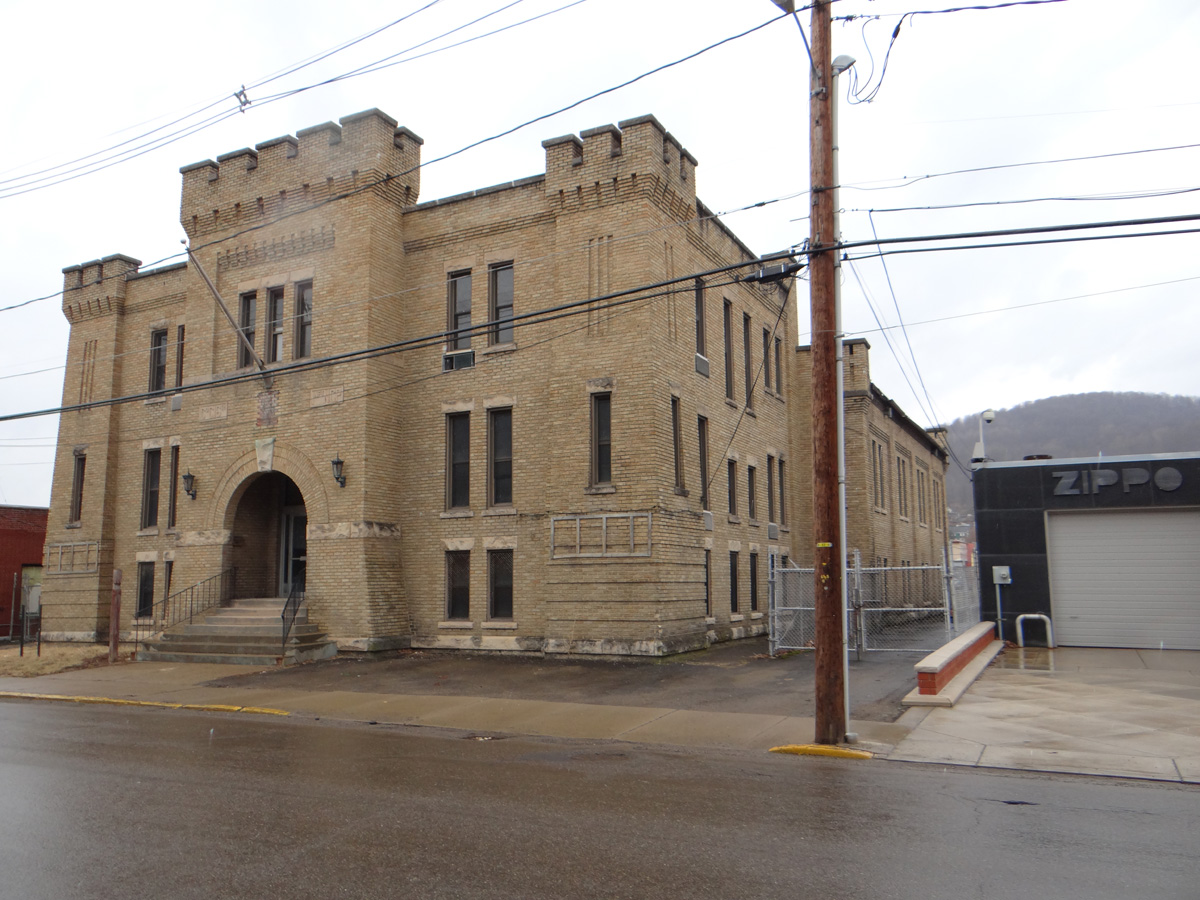
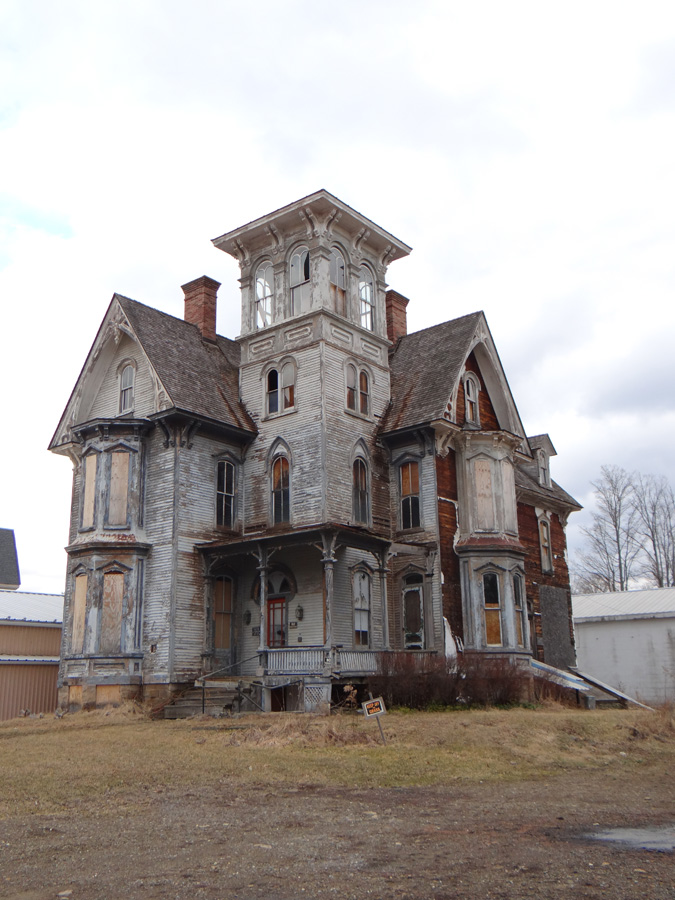
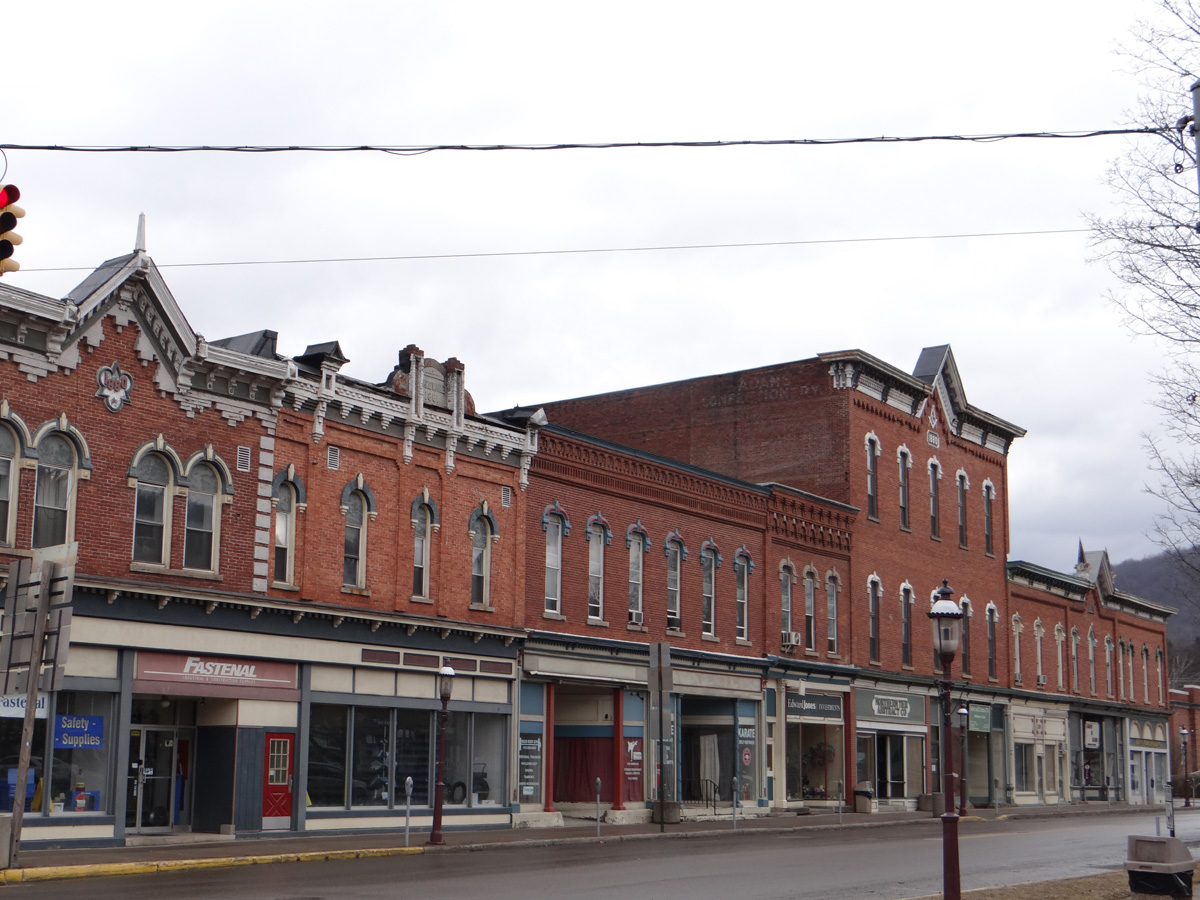
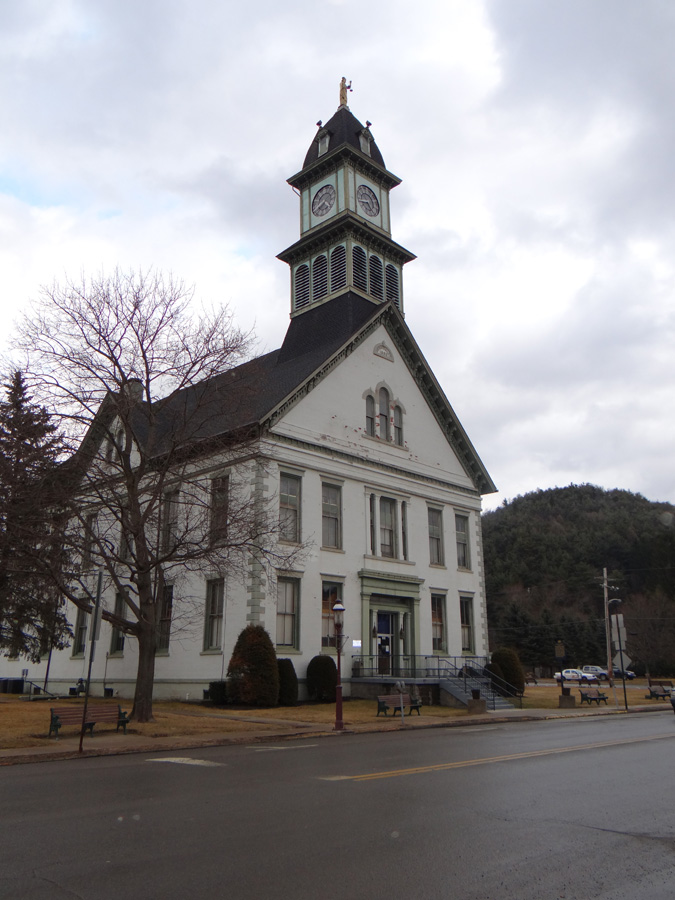
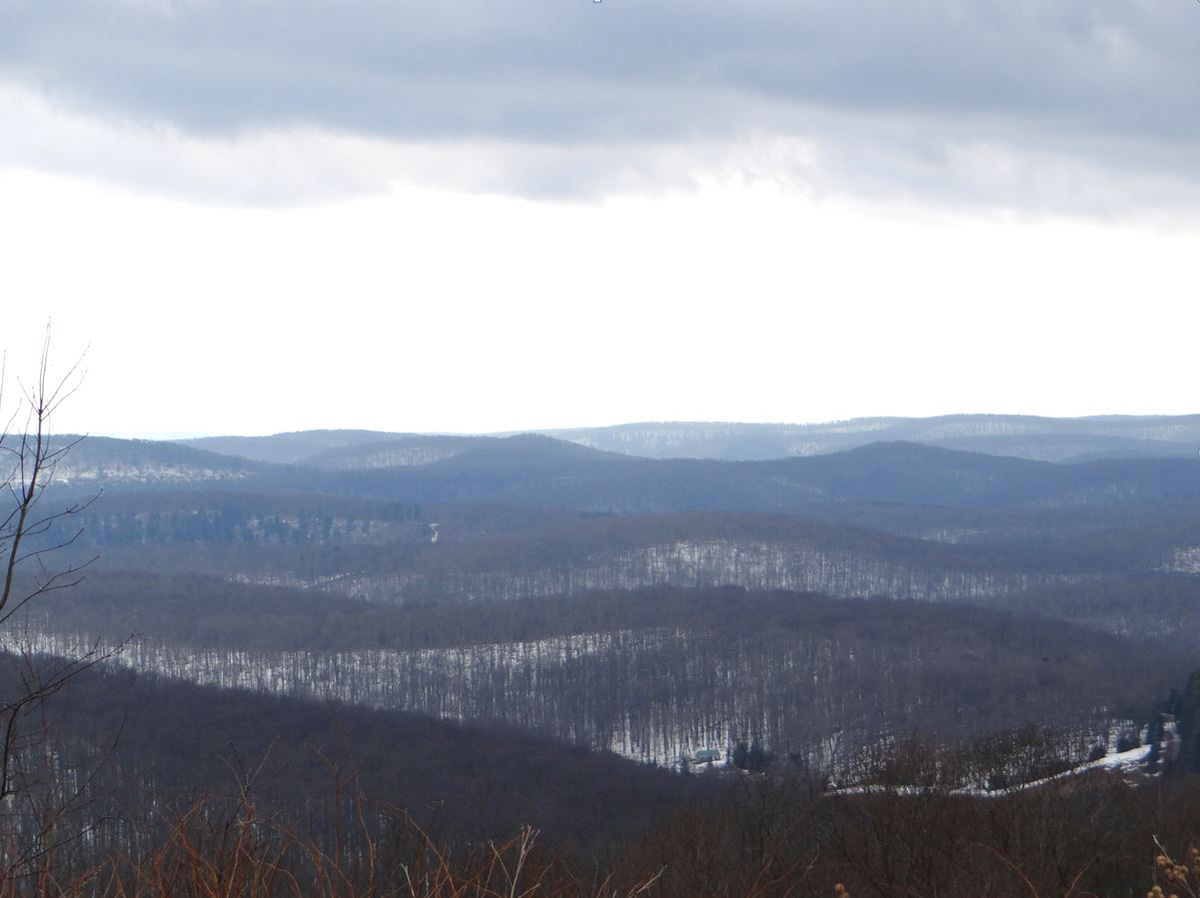
0 Comments
1 Pingback